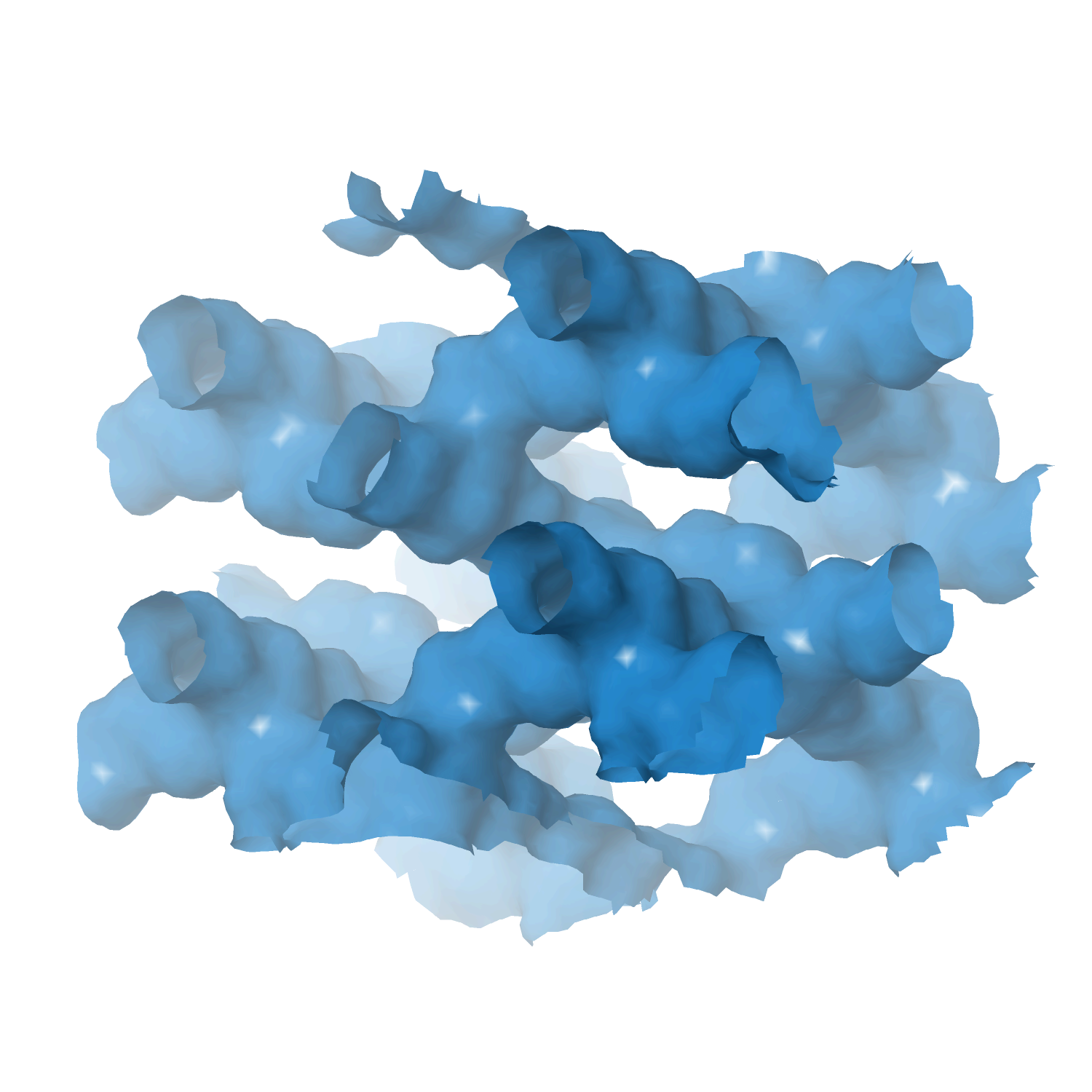Heterogeneous catalyst engineering ⇒ from stable and deactivation resistant to viable technical catalyst
Advances in heterogeneous catalyst “structure” are driven to improve their “function” or performance, i.e., activity, selectivity, and stability. Cooperative research is required to understand the structure and function relationships: developing new synthesis protocols for heterogeneous catalysts with unique surface properties, defined porosity, identification and understanding of catalytically active sites, reaction mechanisms, and finally, prediction and analysis of the processes using various computational tools.
Our group focuses on developing new catalyst formulations using innovative synthesis routes for various important heterogeneous catalysts. That includes thermal, electro, and bio-electro catalysis.
The active phase cannot be used directly in its final application or reactor for various reasons, including poor mechanical resistance, heat or mass transport, and fluidization features. We must mix the active phase with other ingredients in a matrix of binder and filler, while we shape it into a technical catalyst. We investigate new synthetic protocols for technical catalysis using spray drying and fluidized beds to cover the whole range of sizes. At the same time, we incorporate additional (unconventional) ingredients such as SiC to improve some features even further.
- Technical catalyst I ⇒ spray drying and extrusion
- Technical catalyst II ⇒ spray fluidized bed reactor
- Technical catalyst III ⇒ electrospinning
- Zeolite catalysts ⇒ with defined structure/porosity
- Multi-metal (high entropy) alloy catalysts
- MXene catalysts ⇒ single and multi-dimensional
- Perovskite catalysts
- Metal-organic framework (MOFs) catalysts
- Supported metal/metal-oxide catalysts
- Aerogel catalyst
Factors Influencing the Thioresistance of Nickel Catalysts in Aromatics Hydrogenation
by
Pawelec, Castaño, Arandes, Thomas, Pena, Fierro
Appl. Catal. A: Gen.
Year:
2007
Abstract
Silica–alumina supported nickel catalysts (Ni/ASA) have been modified by the incorporation of electrodonor (Li) or electro acceptor (Pd) elements with the objective of determining the factors controlling the catalyst thioresistance in benzene hydrogenation. The catalysts were tested in benzene hydrogenation (HYD) in the presence of 1-butanethiol (C4H9SH 5 ppm of S) and in the hydroconversion of pyrolysis gasoline (PyGas) and compared with zeolite NaY-supported ones. In addition, the catalysts were characterized by variety of techniques (XRD, N2 adsorption–desorption, TPD-H2, TPD-NH3, CO chemisorption, TPR, XPS, FTIR of adsorbed pyridine, TGA–DTA). It was found that the monometallic Ni/ASA catalyst with 24 wt.% of Ni was the most active among the catalysts studied in both benzene hydrogenation (+S) and hydroconversion of PyGas. The data of catalyst characterization suggests that the concentration of both metal and acid sites govern catalytic activity in both activity tests being the catalyst ability for hydrogen adsorption one of the most important factors to be taken into account. In general, it was found that the S-poisoning of the catalysts increased with an increase of the catalyst reactivity and diminished when “refractory-type” coke deposited on the metal sites inhibited the S-compound adsorption. For PyGas transformation, the importance of Pd promotion of the nickel catalysts was confirmed for both hydrogenation and ring-opening reactions.
Keywords
HPC
HCE
